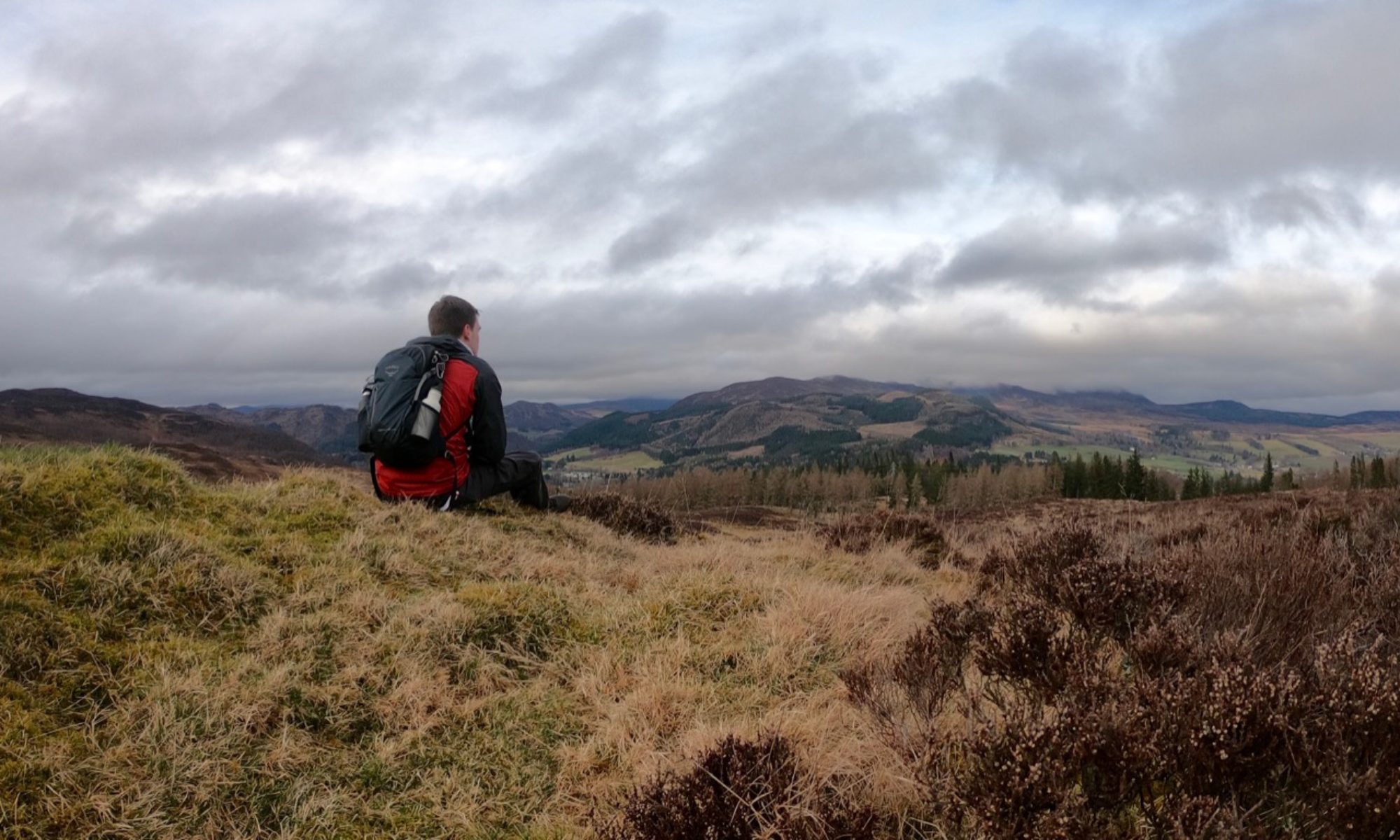Deep in a glen in the Manor Hills lies tranquil Loch Eddy. Once a retreat for the upper echelons of society, it makes for a lovely short walk full of natural splendour.
Distance: 5 miles
Time: 3 hours
Access: Buses to Innerleithen. Limited roadside parking by the entrance to the Glen estate.
The Glen (Not just “a” glen!) is a small valley in the Manor Hills near the village of Traquair. It was the birthplace of a certain John Porteous, captain of the Edinburgh city guard, under whose orders innocent bystanders were killed during a riot. After being pardoned by Queen Caroline, he was subsequently brutally lynched by a mob. These events would later inspire another Borders son, Sir Walter Scott, to write his novel The Heart of Midlothian.

Start at the gatehouse at the end of the drive to the house. Avoid heading down the drive itself, and instead continue along the road past the gate. After some time you will pass through the village that makes up The Glen estate. At its height this was a bustling community of over 100 people, and to this day it boasts its own post box and telephone box – more than can be said for some larger villages!
The magnificent Glen House itself is visible on your left. Although various houses have existed at the site over the centuries, the current dates to the 1850s, built by the industrialist and politician Sit Charles Tennant, and is the seat of the Lord Glenconner.

As you leave the village, the road bends to the left. Head up a track to your right signed Glenshiel Banks to head into The Glen itself along the “High Road”. The route here is clear and firm under foot – perfect conditions to take the time to enjoy the stunning views down the valley towards our eventual destination, the shimmering waters of Loch Eddy.
You will eventually arrive at two lonely shepherd’s cottages at Glenshiel Banks – one in fine condition, but the other looks considerably less habitable. Pass these, and head through the metal gate in the wall.

At this point the route becomes a little trickier. Cross the Gumscleuch burn ahead, then, keeping it to your left, follow it through the heather towards the trees. The burn enters the trees under a fence that bars your way, but a more substantial path can be found to their right. Follow this down to the boathouse at the peaceful Loch Eddy – a fine spot for lunch.


A manmade loch developed in the 1880s to add to the scenic beauty of the estate, it’s no wonder Loch Eddy charmed illustrious visitors such as Prime Minister Asquith and Princess Margaret. Its name allegedly derives from the war poet Edward Tennant, son of the first Lord Glenconner, who was killed at the Battle of the Somme during the First World War.

From the boathouse, a sturdy track forms the “Low Road” back to Glen House. A short distance from Loch Eddy, a fine little waterfall can be seen as the Quair water continues its journey to the Tweed. The adventurous can cross the water here and climb the steep bank to get a fine view across the loch.

The track continues along the river. On entering the Larch Wood, don’t miss what looks like a small temple at the end of a tree-lined avenue. This is in fact a folly built by the 3rd Lord, Colin Tennant, in memory of his two sons Charles and Henry who predeceased him. Colin was responsible for squandering much of the family fortune developing the Caribbean island of Mustique, a playground of the rich and famous.

The track returns to the village at Glen House. From here, you need only retrace your steps back along the road to the gate.

